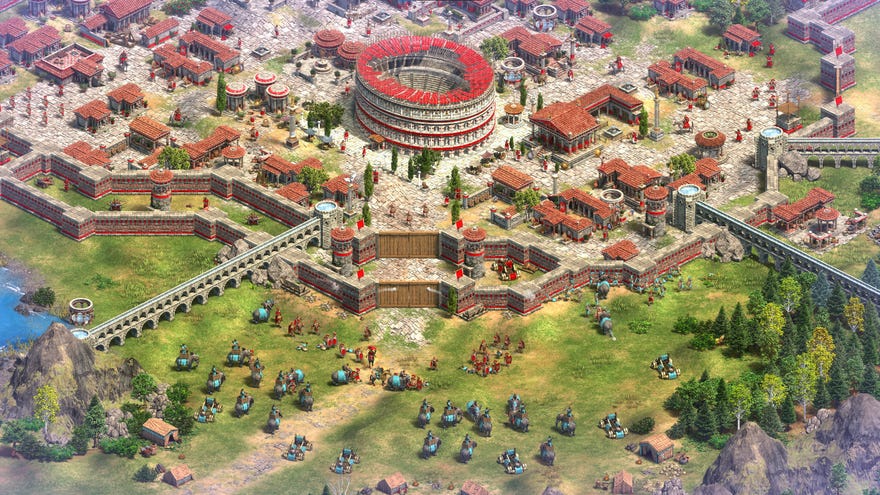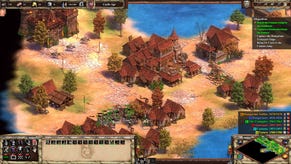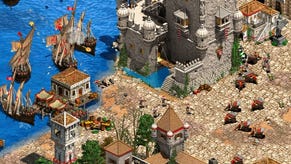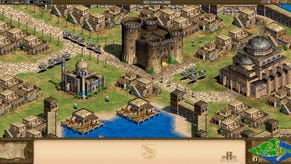Scientists use Age of Empires 2 to investigate how ants wage war
These bugs are definitely features
We often hear that videogames can have a positive impact upon the world, but this is the first time I've seen somebody use one - an antique strategy sim, no less - to advocate for appropriately balancing the level design of your front lawn so as to stop indigenous insects being overrun by smaller invading species. The scientific research paper in question - uploaded in August this year, and brought to my attention by RPS contributor and apparent ant enthusiast Matt Cox - sees researchers Samuel J. Lymbery, Bruce L. Webber and Raphael K. Didham use Age of Empires 2 to study how human shaping of the environment affects the balance of power between the indigenous Australian "meat ant", or Iridomyrmex purpureus, and the Argentine ant, or Linepithema humile, who are one of the world's more invasive ant species.
The paper takes inspiration from Lanchester's Laws, which I'm going to crudely summarise in the hope that no passing maths professor throws chalk at my head. Devised by M. Osipov and Frederick Lanchester before the First World War, these Laws set out to distil the likely tactical advantages and bodycount represented by new military technology down to a set of equations. Lanchester's Linear Law describes scenarios from the ambiguously defined ancient world, whereby soldiers with handheld weapons like spears can only fight one other soldier at once. Lanchester's Square Law, meanwhile, describes the effect of soldiers with modern weapons such as guns, showing that a slight superiority of starting numbers will snowball into an extremely one-sided victory. Or to put that another way, modern weapons allow for focus-firing.
The paper shows how the advantage possessed by the larger, stronger Australian meat ants (who are the modern troops in this analogy) versus the smaller, punier Argentine ants is cancelled out by choice of terrain. It illustrates this by setting up battles between the game's hard-wearing Teutonic Knights and relatively brittle two-handed swordsmen, on battlefields with or without chokepoints, then comparing the results to laboratory battles between the different ant species, with different real-life "RTS maps" created by gluing on strips of wooden board. Surprising few Age of Empires players, chokepoints make an enormous difference, and one takeaway is that clearing ground for human purposes is giving the tiny expansionist species the edge. Youtuber Spirit Of The Law has done a (pretty approachable) video, which spells out the supporting maths in more depth.
Under certain circumstances, the researchers note, the ants used in the lab battles refused to fight each other. This reflects the paper's own premise that "the human-mediated movement of ant species outside of their native ranges means that species with no evolutionary history of contact may be brought into conflict". If these creatures are at war, that's partly because they've been thrust into each other's company. Indeed, I'm not sure the concept of "war" has much currency in the ant world.
It's all kind of intriguing, in a very grim way. I'd like to circle back to this and think about it properly. In case you're wondering, the use of invertebrates (other than decapods and cephalopods) in research does not require animal ethics approval under Western Australian law, according to the paper's own Ethics Statement.







